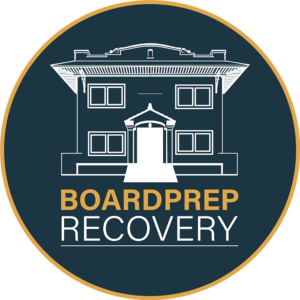Stigma Kills
The stigma of substance abuse may kill more people than the disease itself, by keeping professionals from getting lifesaving treatment. In an article from the American Journal of Psychiatry, A.B. Srivastava, M.D., highlights the challenges faced by healthcare professionals with addiction. Despite similar rates of impairment among doctors and the general public, stigma makes it harder for healthcare professionals to seek help. State-level physician health programs offer comprehensive support but overcoming the reluctance to self-report is crucial.
Research shows a small difference in impairment rates: 15% for physicians and 13% for the general public. Doctors often conceal their substance use due to access to drugs, knowledge of addiction, and fear of professional consequences. As a result, many don’t receive needed treatment. Only a quarter self-admit to treatment programs, while others are referred by colleagues or through professional interventions.
PHPs
State physician health programs (PHPs) provide a structured approach to recovery, including evaluation, treatment, and monitoring, tailored to the needs of healthcare professionals. These programs collaborate with selected treatment centers to offer specialized care, including detox, therapy, and support for legal issues related to addiction. After treatment, a monitoring phase ensures compliance with recovery activities, crucial for the physician’s return to practice.
Srivastava emphasizes the effectiveness of PHPs and the importance of addressing stigma around addiction to improve self-reporting rates and access to treatment. Educating both the public and healthcare professionals about addiction as a disease is vital for changing perceptions and encouraging those in need to seek help.
[1] Oreskovich MR, Shanafelt T, Dyrbye LN, et al. “The prevalence of substance use disorders in American physicians.” American Journal of Addiction. 2015. 24:30–38
[2] DuPont RL, McLellan AT, White WL, et al. “Setting the standard for recovery: physicians’ health programs.” Journal of Substance Abuse Treatment. 2009. 36:159–171
[3] Ibid.
[4] DuPont RL, McLellan AT, Carr G, et al. “How are addicted physicians treated? A national survey of physician health programs.” Journal of Substance Abuse Treatment. 2009. 37:1–7
[5] Ibid.







